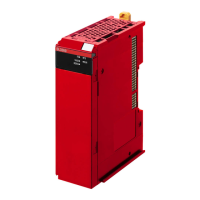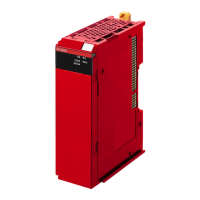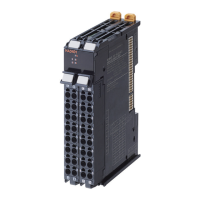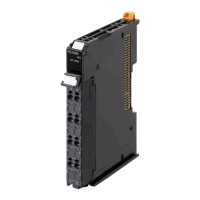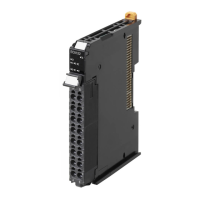These are called IOI (Internal Object Identifier) because they identify the Class ID, Instance ID, and
Attribute ID within the device.
Refer to 10-5 CIP Object Services on page
10-28 for the class ID, instance ID, attribute ID, and serv-
ice code for each object.
Providing the Structure Variables to Input Request Paths
For a CIP communications instruction, you prepare a variable to store the request path. In this varia-
ble, you specify the object to access with the user program.
A structure in which the Class ID, Instance ID, and Attribute ID are specified is provided for the data
type of a variable for a request path.
There are two types of structures: standard structure (_sREQUEST_PA
TH) and extension structure
(_sREQUEST_PATH_EX). When you use an extension structure, it is possible to specify the size ac-
cording to the size of values of the Class ID, Instance ID, and Attribute ID of the object that you ac-
cess. When you use a standard structure, the size is always set to 16 bits.
l
When a Standard Structure Variable Is Used
Example: Using a standard structure variable to input values into RqPath (Request Path) for the
CIPSend instruction
InstanceID
(Instance ID)
Create variable A with a variable with
the standard structure (_sREQUEST_PATH).
CIP communications instruction
Variable A
CIPSend
RqPath
(Request Path)
RqPath data type
Value
ClassID
(Class ID)
Member
AttributeID
(Attribute ID)
2
3
1
TRUE
isAttributeID
(Attribute usage)
1 Create a standard structure variable.
To use a standard structure variable to input values into RqPath
(Request Path) for a CIP com-
munications instruction, first you need to create a standard structure user-defined variable.
When you create a variable in a variable table, select the pre-registered standard structure
(_sREQUEST_PATH) for a CIP communications instruction.
Select a standard structure for the data type of variable A.
Variable table
Data type
_sREQUEST_PATH
A
Name
2 Input a value for each standard structure variable member.
10 CIP Message Communications
10-14
NX-series EtherNet/IP Unit User's Manual (W627)
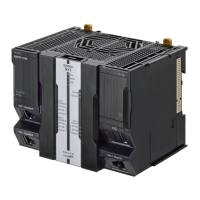
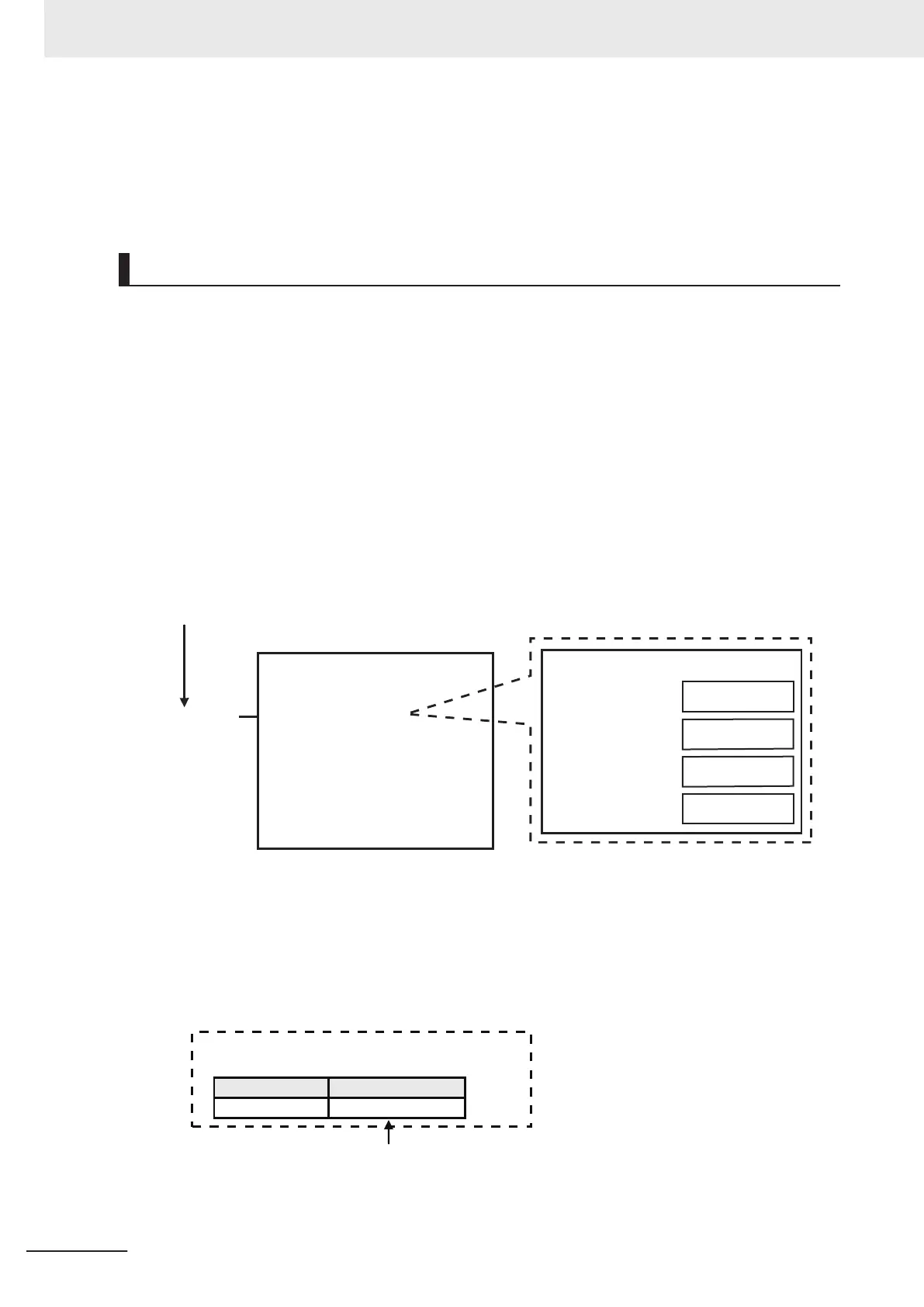